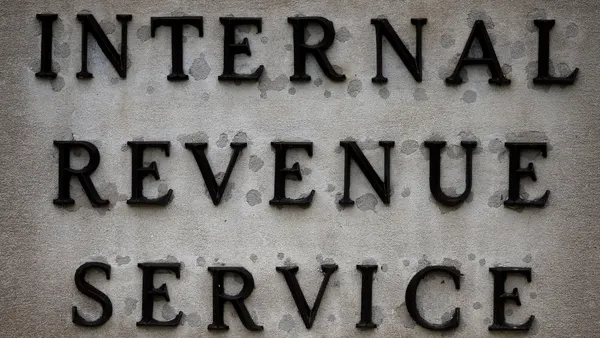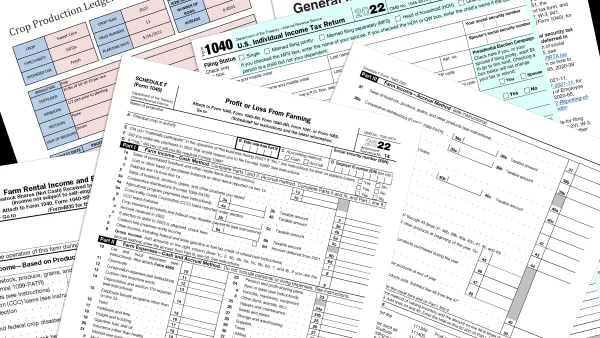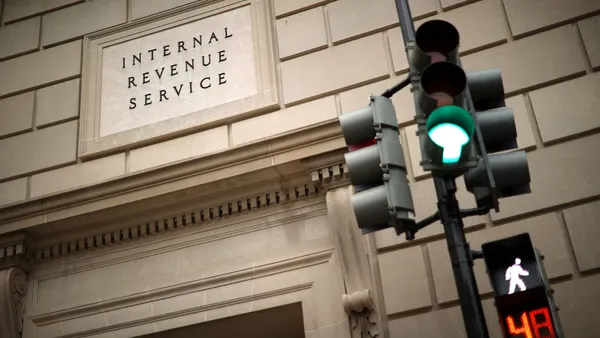Companies who received a Paycheck Protection Program (PPP) loan to help get through the pandemic have a streamlined way of applying for loan forgiveness if you can show you didn't reduce your employees' pay by more than 25% or cut any of their hours.
The Treasury Department and the Small Business Administration (SBA) this week released a 3-page EZ form to get all or a portion of your company's loan forgiven.
If you can't meet the employee pay or hour criteria, you can still apply for forgiveness but you have to use a longer form.
The EZ form also applies to loan recipients who are self-employed and have no employees.
“The EZ application requires fewer calculations and less documentation for eligible borrowers,” the SBA says.
Forgiveness confusion
PPP loans were created in March as part of the Coronavirus Aid, Relief, and Economic Security (CARES) Act and more than $500 billion in funds have been distributed to an estimated 4.5 million borrowers. By some estimates, about $90 billion remains in the program. Eligible borrowers are organizations with fewer than 500 employees and loan amounts are for up to 2.5 times monthly payroll costs.
Loans are intended mainly to help organizations retain their employees during the pandemic and as part of the eligibility for loan forgiveness, you have to show your business was affected by stay-at-home mandates or other measures taken in response to the outbreak.
Borrowers and analysts have complained clear rules on forgiveness have been slow in coming.
Under the most recent iteration of the program, your organization is eligible for forgiveness if it uses at least 60% of the proceeds to retain staff or, if some staff were let go or furloughed, you brought them back within a certain time frame.
You can also use up to 25% of your proceeds for other eligible costs: business mortgage interest, rent or lease payments, and utilities.
You have to repay any amount that doesn't meet the criteria for forgiveness. Repayment is over five years at 1% interest.
Both forms require you to certify the accuracy of your representations. It is unclear how aggressive Treasury will be in taking enforcement action, but it is likely the earliest and most forceful scrutiny will be for loans of $2 million or more, legal analysts say. The program included a safe harbor period, now expired, for borrowers who, after receiving a loan, determined their representations were wrong or they were otherwise ineligible and elected to return it.











